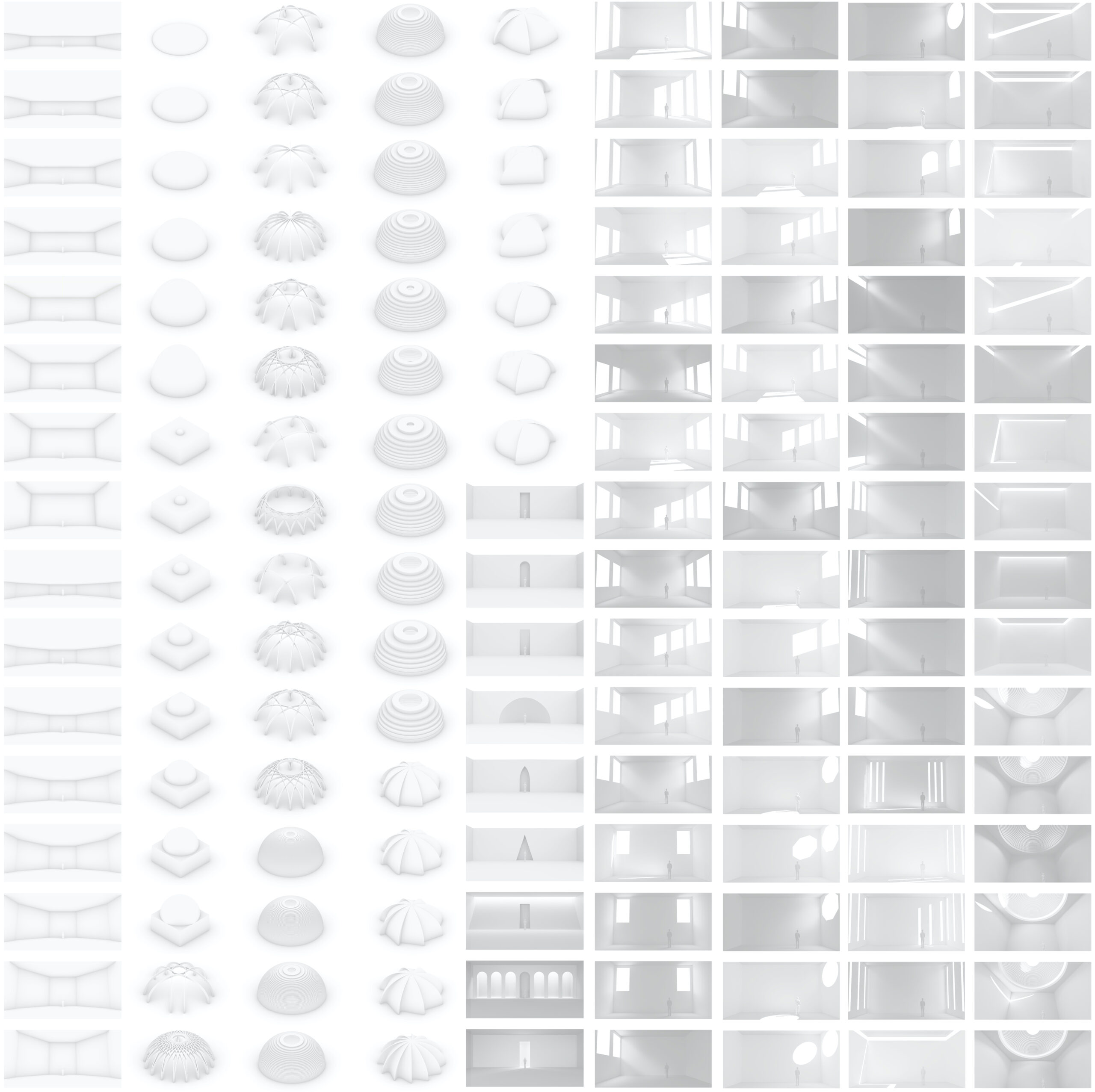Introduction
Today, Sweden can be interpreted as a multicultural country where individuals of different ethnicities, ideologies and religion meet and create bridges between each other. Architecture should reflect this multiculturalism in the same manner and exchange ideas between different architectural styles.
Islam is the second largest religion in the country and statistics predict growth in Muslim worshippers in the coming years. However, there are a lack of spaces of worship for Muslims in the country. One of the reasons is that the style used in these sacred spaces is vastly different than the typical Nordic building typology. So the question rises; How can a bridge be built between two vastly different styles of architecture, the religion-based style of Islamic architecture and the geographical-based style of Nordic architecture?
“No one own architecture.
Diana Darke
Cultures are intertwined”
Aim & Objective
The aim of this project is to investigate and explore how Islamic architecture can be merged with the Nordic context and how an Islamic sacred building can be part of the Nordic building typology. To confine this vast subject, exploration will be conducted on how to design an Islamic prayer hall with a Nordic context in mind.
The outcome of this project will be to create a library of studies through literature study, reference study and experimentations on components and other aspects regarding an Islamic prayer hall. This will lay the foundation for the master thesis on the topic “Mosque in a 21st century Sweden”.
Furthermore, to showcase on how this library can be implemented, design proposals of Islamic prayer halls in Nordic context will be presented.
Research Questions
How can two vastly different architectural styles, Islamic architecture and Nordic architecture, be merged together in a respectful manner?
How to design a Islamic prayer hall with Nordic context in mind?
Methodology
The methodology used for creating this library of studies has been through an Research by design approach with two main strategies. Firstly, the strategy of theoretical mapping was used to understand Islamic and Nordic architecture on their own through comprehensive literature studies and reference studies. With the theoretical mapping as basis, a framework of criterion was created. Secondly, the strategy of experimentation through an iterative process of digital model making. For this strategy, intuition as well as the framework was the main driving force.
